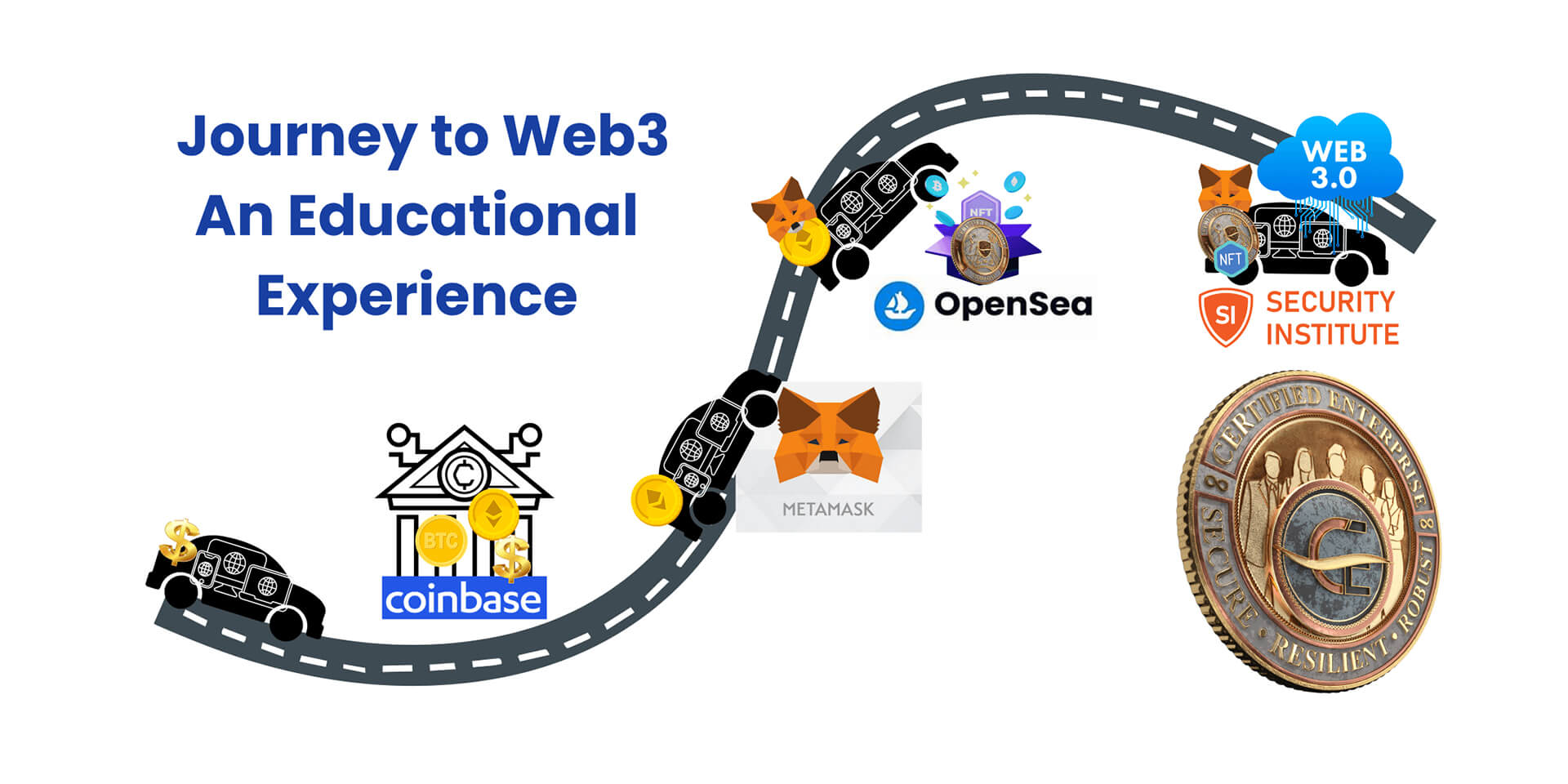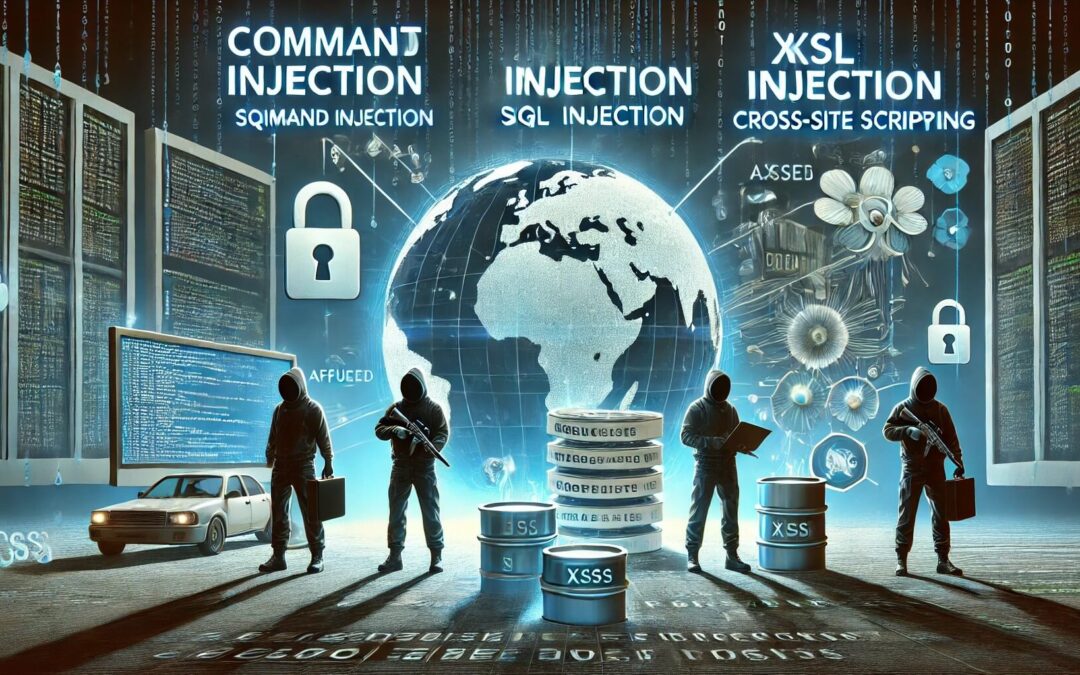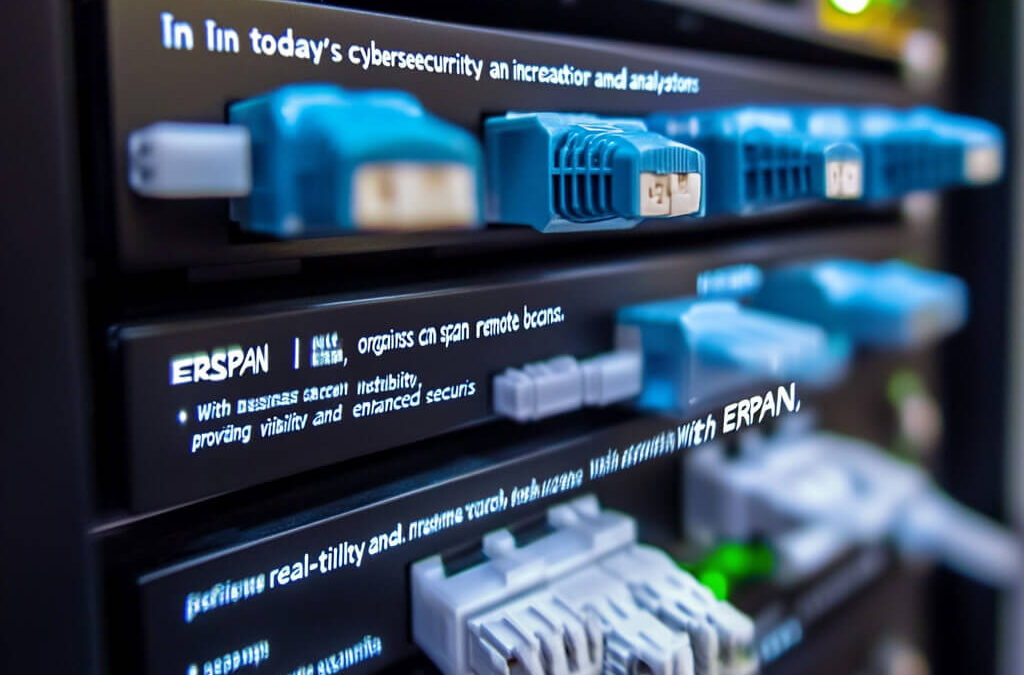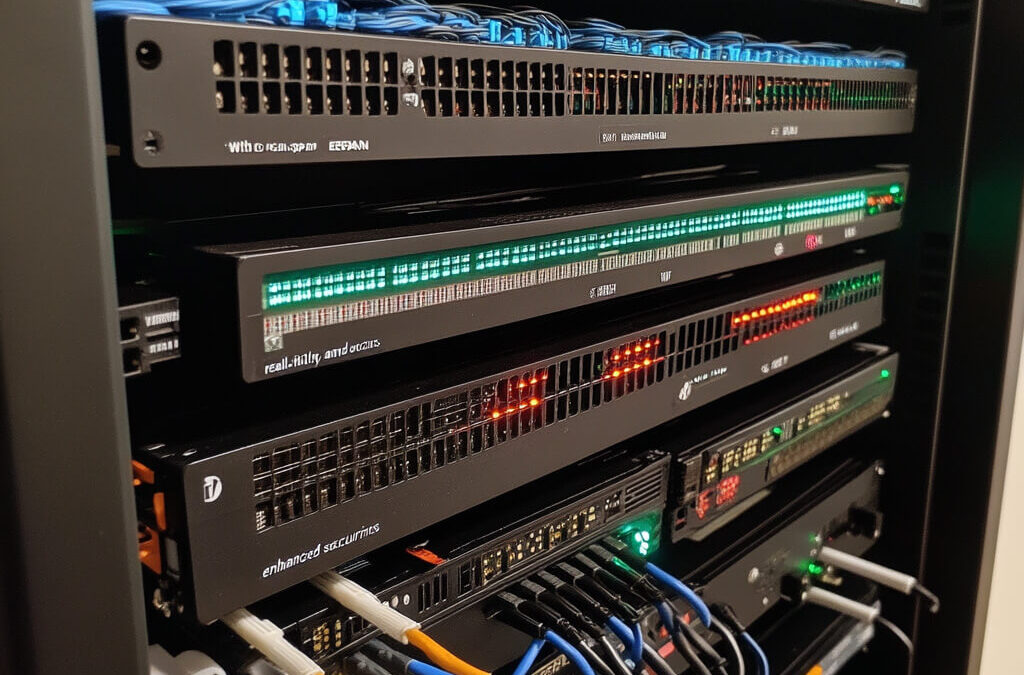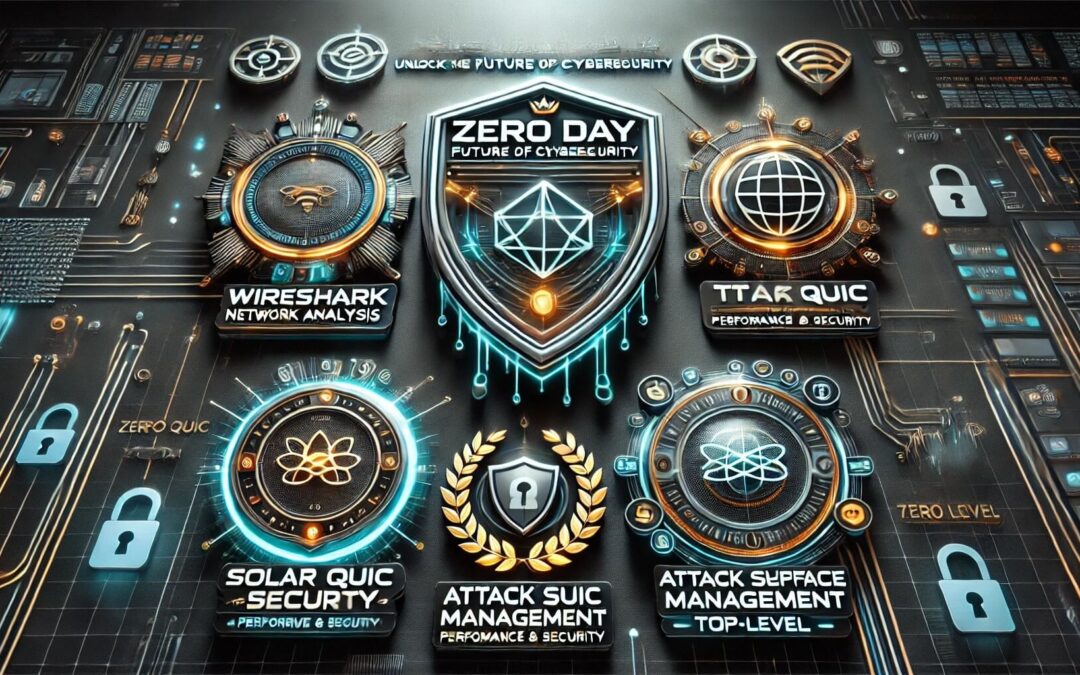Crypto Fundamentals Bitcoin vs. Ethereum
Cybersecurity professionals need to understand Bitcoin’s network and development focus. Clearly, Bitcoin prioritizes stability. Given its role as the first and most recognized cryptocurrency, maintaining a stable and reliable system is essential.
On one hand, Bitcoin’s network focus on security is paramount, hence its comparison to gold. The decentralized nature of Bitcoin calls for robust security protocols to prevent fraud, hacking, and other threats.
On the other hand, Ethereum is distinctly oriented towards continual evolution. Unlike Bitcoin, Ethereum functions as a cryptocurrency but as a platform facilitating decentralized applications (DApps) and smart contracts. Its design is tailored for broader utility beyond just being a digital currency.
Understanding Cryptocurrency Basics
Ethereum is the primary cryptocurrency for web3 interactions, unlike Bitcoin, which is more commonly used for investment and transactions.
The pioneer cryptocurrency, Bitcoin, is primarily designed as a digital substitute for traditional currencies. It’s a digital store of value and a medium for peer-to-peer transactions.
Equally, Ethereum transcends the role of a mere cryptocurrency, operating as a decentralized platform empowering the creation and operation of smart contracts and decentralized applications (DApps) without any susceptibility to downtime, fraud, control, or interference from third parties.
Another significant contrast lies in their respective blockchain technologies. While the Bitcoin blockchain principally serves as a ledger for recording transactions of its cryptocurrency, Ethereum’s blockchain boasts versatility, supporting an array of decentralized applications, including Non-Fungible Tokens (NFTs).
Bitcoin is often likened to ‘digital gold,’ predominantly functioning as a store of value and an investment asset. Its capped supply of 21 million coins contributes to its value proposition, akin to scarce resources such as gold.
Ethereum, on the other hand, resembles a decentralized computing platform. Ether (ETH) serves as the currency for transactions and computational services on the Ethereum network, holding pivotal importance for developers and users of DApps.
What about Web3 and Ethereum?
Web3 represents a novel paradigm for internet applications founded on decentralized blockchains, contrasting the current centralized Web2. Ethereum stands at the forefront of the Web3 movement.
The ecosystem continually evolves, grappling with challenges like scalability and energy consumption due to its proof-of-work consensus mechanism, a system Ethereum is transitioning away from to a proof-of-stake model in Ethereum 2.0. Despite these hurdles, Ethereum remains a vital force in the blockchain and Web3 sphere, propelling innovation and exploring decentralized possibilities.
Setting Up a Cryptocurrency Exchange Account
There are two methods for setting up a cryptocurrency exchange account. The first option is to use Coinbase, a platform with dual functionality as a bank and a trading platform.
Also, you can opt for alternatives to Coinbase. These include alternatives like Binance (with a note on the defunct FTX for awareness).
Setting up a Coinbase account begins with creating an account on the Coinbase website or app. This typically involves providing personal information, verifying identity, and configuring security features such as two-factor authentication.
Coinbase is one of the most user-friendly and widely trusted cryptocurrency exchanges. It’s known for its ease of use, making it a great starting point for those new to cryptocurrencies. It’s clear that Coinbase has dual functionality, first as a bank and second as a trading platform.
Alternatives to Coinbase
1. Binance:
Binance is a leading cryptocurrency exchange known for its wide array of cryptocurrencies and advanced trading features. It offers services like crypto staking, futures, margin trading, and a blockchain ecosystem called Binance Smart Chain.
2. Note on FTX:
The fall of FTX, previously a major player in the crypto exchange market, serves as a cautionary tale about the importance of choosing a reputable and stable platform. It underscores the need for due diligence and the understanding that the crypto market can be volatile and unpredictable.
How to Acquire Ethereum
Before diving into the acquisition process, it’s crucial to understand that Ethereum (ETH) is the primary currency used in most NFT marketplaces. It’s because most NFTs are part of the Ethereum blockchain, which supports these unique digital assets through its smart contract functionality.
Consider converting Bitcoin to Ethereum. Why? If someone already owns Bitcoin (BTC), they can convert it to Ethereum (ETH), as BTC cannot be used directly to purchase NFTs.
Here’s how to use Coinbase for conversion.
1. Log into Coinbase: Access your account on the Coinbase platform.
2. Navigate to ‘Trade’: Find the option to trade or convert one cryptocurrency to another.
3. Select Bitcoin and Ethereum: Choose to convert from Bitcoin to Ethereum.
4. Enter the Amount: Specify how much Bitcoin you want to convert to Ethereum.
5. Review and Convert: Confirm the transaction details, including any fees, and execute the conversion.
It’s also possible to make a direct Ethereum purchase. Here’s how to do so:
1. Create or Log into Coinbase Account: Ensure you have an account set up and verified.
2. Link a Payment Method: Connect a bank account, debit card, or wire transfer for funding.
3. Buy Ethereum: Navigate to the buy section, select Ethereum, enter the amount you wish to purchase, and confirm the transaction.
You can buy Ethereum through a browser extension like MetaMask. It also allows the direct purchase of Ethereum within its wallet interface.
• Steps to Purchase in MetaMask:
1. Install MetaMask: Add MetaMask as an extension in your browser or download the app.
2. Set Up Wallet: Follow the instructions to create a new wallet.
3. Buying Ethereum: Use the ‘Buy’ button in MetaMask, select a payment method, and purchase Ethereum. This might involve a third-party service integrated within MetaMask.
MetaMask is a digital wallet specifically designed for the Ethereum blockchain. It’s used to interact with Ethereum’s network, enabling users to manage their Ethereum and ERC-20 tokens (tokens developed on Ethereum’s platform).
It’s particularly suitable for smaller, transactional amounts of Ethereum, making it ideal for daily transactions, NFT purchases, and interactions with decentralized applications (DApps).
Navigating the Web3 Marketplace
Navigating the Web3 Marketplace is essential. You can use MetaMask as a digital wallet. Think of MetaMask as a digital version of your physical wallet or purse. Just as you carry cash or cards in your physical wallet for everyday transactions, MetaMask holds your digital currency (Ethereum) for online transactions.
It’s also possible to access a Web3 platform like OpenSea with MetaMask, akin to using your bank’s website or app for online transactions. As you log into your online banking portal to manage your funds, you use MetaMask to interact with Web3 sites.
Lastly, connect MetaMask to Web3 platforms. It’s similar to adding your bank card to a digital payment service. You link your MetaMask wallet to a Web3 platform (like OpenSea) to enable transactions.
Acquiring Security Institute NFTs
Purchasing an NFT from the Security Institute on a platform like OpenSea goes beyond buying a digital asset. It’s obtaining a specialized key or access pass. This NFT grants entry into the Security Institute’s exclusive web3 community. Here are the steps to purchase:
1. Find the Security Institute’s NFTs on OpenSea: Navigate to OpenSea and search for them, much like searching for a specific product on an online store.
2. Complete the Purchase with Ethereum: Use your MetaMask wallet, loaded with Ethereum, to purchase the NFT. This transaction is similar to using a digital wallet to pay for an online course or exclusive membership.
It’s possible to transfer NFTs to MetaMask by securing your digital asset. Once you’ve purchased the NFT, transferring it to your MetaMask wallet is important.
In most cases, after purchasing an NFT on OpenSea, it will automatically appear in your connected MetaMask wallet. Check your MetaMask wallet to ensure the NFT is securely stored there. It’s like verifying a valuable item is safely in your possession.
Venturing into web3 and NFTs can be challenging, but it’s a rewarding journey. With their expertise in navigating complex systems, security professionals are well-positioned to grasp these concepts.
Completing these transactions ensures you stay ahead in the rapidly evolving digital landscape. There’s a significant sense of accomplishment in successfully navigating this new territory.
For security professionals, understanding and engaging with web3 is a step towards future-proofing their skills. It’s an investment in staying relevant in a world where digital assets and blockchain technology are becoming increasingly prevalent.
Gaining Access to the Security Institute Web3 Community
Now that you have your NFT securely in MetaMask, it’s time to use it as a key to unlock a new empire of knowledge and community in web3, specifically in zero-day prevention strategies. Start by opening the website that hosts the Security Institute’s web3 community.
MetaMask will ask for your permission to connect to the site. Review and accept the connection. It’s like using a secure keycard to access a restricted area in a physical building. The site will verify the ownership of the Security Institute NFT in your MetaMask wallet.
It’s important to note that owning the Security Institute NFT in your MetaMask is essentially holding a membership card. It’s a token that proves your eligibility to access exclusive resources. Once your NFT is verified, you gain access to the community.
Embrace this opportunity with enthusiasm. The web3 community you’re about to enter is not just a platform; it’s a vibrant ecosystem of knowledge, insights, and cutting-edge strategies in zero-day prevention.
Navigating the Security Institute Community
Start to explore with the browser extension. With MetaMask connected, you can rely on it for navigation. At this point, your regular web browser transforms into a gateway to the Security Institute’s web3 community. Think of MetaMask as a specialized tool that manages your digital assets and authenticates and streamlines your interactions within this advanced web3 space.
To explore, open your web browser and navigate to the Security Institute’s Web3 community portal. But you must ensure that your MetaMask extension is active. It may involve simply clicking the MetaMask icon in your browser toolbar to ensure it interacts with the site.
Cybersecurity professionals are encouraged to actively participate and engage in forums, discussions, and webinars for zero-day prevention. It mirrors the experience of attending specialized conferences or workshops.
Continuous exploration is crucial since zero-day prevention is ever-evolving. Regularly explore new content and updates in the community to stay abreast of the latest developments and techniques.
If you require access to specialized resources within the community that involve Ethereum, trust MetaMask as your tool for secure transactions.
You are now an integral part of a dynamic and forward-thinking group. Make the most of this opportunity for growth and contribution. Each step you take within this community, every question you pose, and each insight you share represents progress in your professional journey.
Celebrate these milestones. Your active engagement and contributions deepen your understanding and inspire others. Be a driving force in shaping the future of zero-day prevention strategies.
